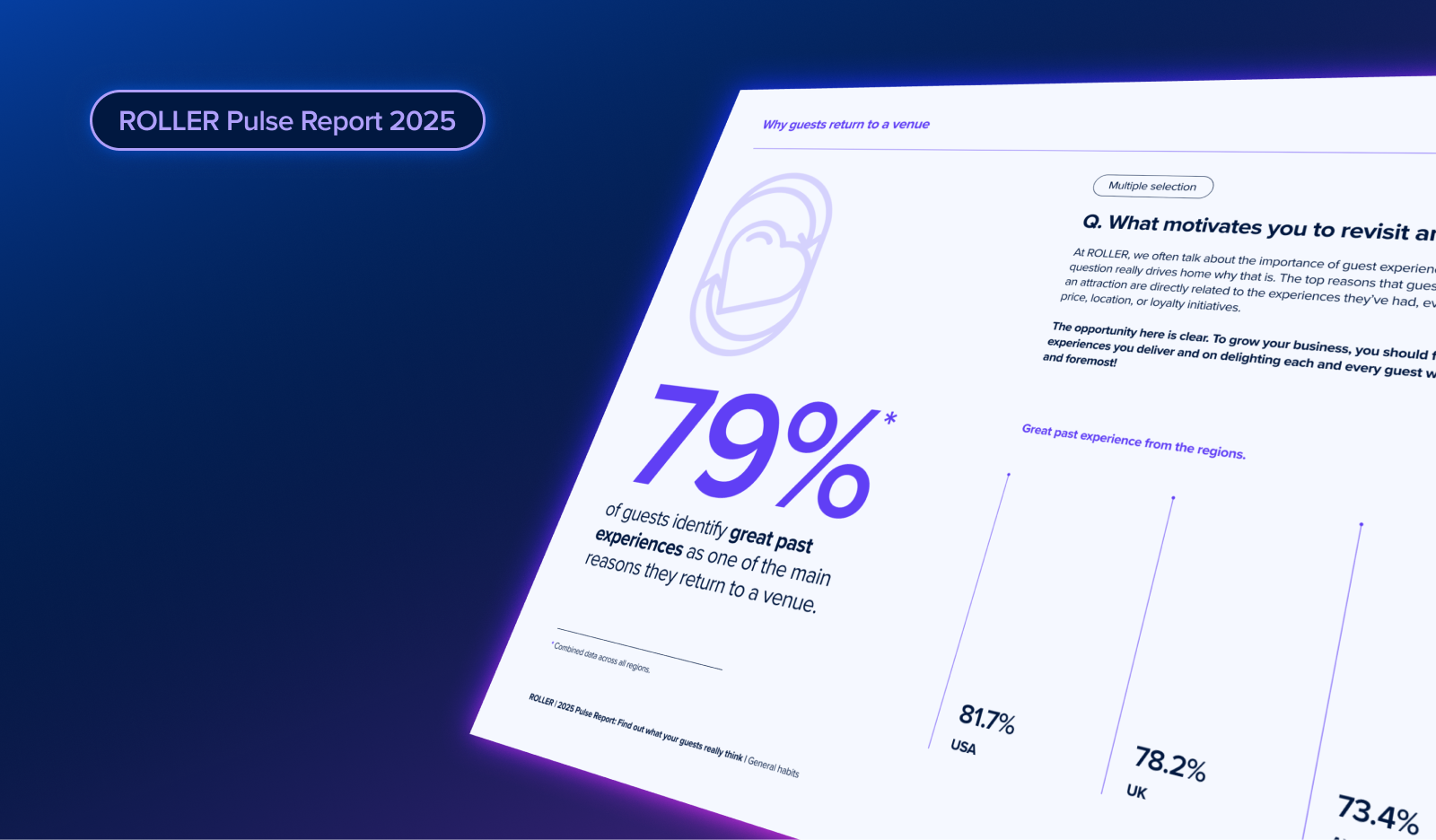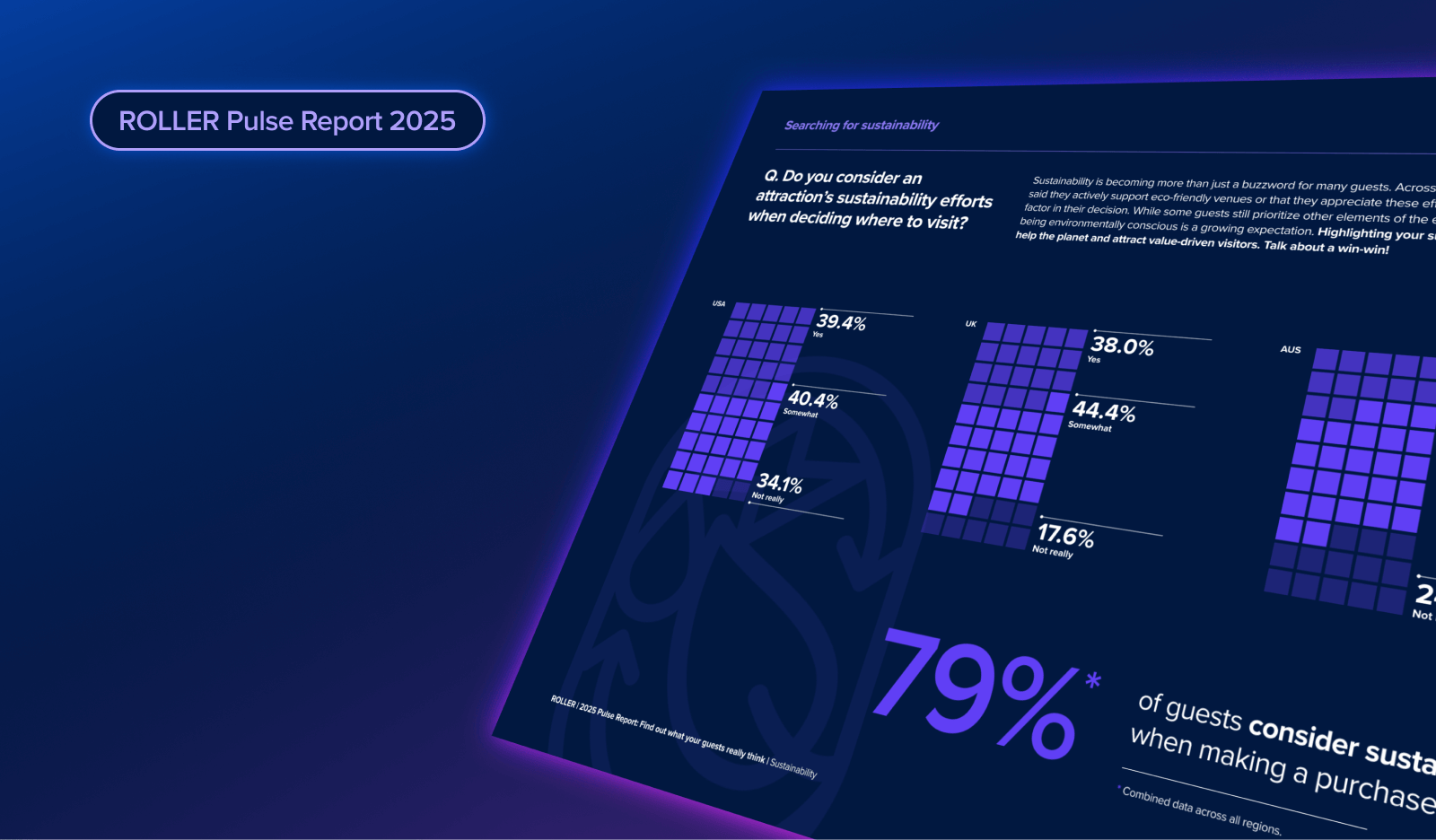Are Your Water Park's Staff Limitations Holding You Back?

Water parks in 2021 sure feel different than they did in 2020. As guests are returning in droves, there is an imbalance between the desire to visit a water park and the desire to work at one. In New York, the number of jobs available in leisure and hospitality is up 46% in 2021 compared to 2020, and the desire to visit parks is at 72%, as of March 2021. This leaves parks scrambling to bring on the talent needed to support the increasing demand.
This can be met by addressing two challenges that water parks are currently facing. Parks must a) find creative ways to recruit more talent, and b) adjust operations to match the current size of the team. Each of these challenges must be addressed without significantly increasing labor expenses, and without diminishing the guest experience.
Here are five ways that you can amp up your recruitment while simultaneously operating more efficiently with the team you have.
Review staffing priorities
This may be a great time to take a look at every single position within your operation. While many positions are part of safety rotations and cannot be compromised, others may not be as critical. Are there certain positions that can be staffed during peak times of the day, and left open for the first or last hours of operation? Can ratios of staff to guests be altered in certain areas where employees can serve more guests at a time? Lastly, are there any positions that can be eliminated entirely without having a substantial impact on the guest experience? As you take this critical look at your staff rotations, you may find that certain positions were put in place that can be temporarily removed until hiring can be brought back to previous levels.
Communicate your perks and benefits
As you continue to recruit, putting your non-monetary perks can set you apart from other employers that don’t give staff the same advantage. Communicate the value of free access to the park during time off, discounted admission for friends and family, and how working at a water park provides necessary skills that they will be thankful for many years down the road. This is not just a recruitment strategy, but also a retention strategy. For staff members who come back season after season, how can you foster their loyalty and demonstrate appreciation? This not only helps with employment, it also trickles down to the guest experience as guests interact with employees who have more experience and desire to be a part of your culture.
Go self service wherever possible
The process of buying tickets no longer needs to be a large queue that leads to a full row of staff members who ultimately do exactly the same thing your guests can do. By adding self service kiosks at the entrance to your park, the number of staff members required to operate drops significantly. You don’t need to eliminate this department altogether, but one person can oversee multiple kiosks at once, providing a great example of increasing guest to staff ratios without impacting the experience. The most informed guests who are also tech savvy can quickly purchase everything they need and feel satisfied without waiting in line, while guests who need more of a consultative approach will still have a staff member available to them for assistance. Self service kiosks reduce labor, accelerate transaction time, and get guests into your park without a long line, thus enhancing the guest experience.
Check out how ROLLER can help you increase your efficiency with self service kiosks.
Leverage technology to reduce interactions
The pandemic has accelerated the desire for a more digital experience, which ultimately means that fewer staff are required in certain circumstances. A seamless user experience when buying tickets on your website leads to more guests purchasing in advance and without assistance. Having your website optimized for mobile allows for an even more seamless experience, as guests can buy online even if they’ve already arrived, without requiring an admissions staff member. A better digital experience can also lead to easier access to information, minimizing phone calls or emails that require staffing guest communications team members.
Review wages and compensation
If you are implementing all of these measures and are still encountering difficulties with staffing your park to optimal levels, then it all comes down to this: pay more. It may not be the most desirable option to take as the cost of increasing frontline employees’ wages even by $1/hour multiplies to massive costs, but the trend that the entire industry is seeing is that employees are commanding higher compensation. In California, Six Flags Discovery Kingdom is offering bonuses for the first time in the park’s history. In Ohio, Cedar Point initially reduced its operating calendar due to staffing challenges until they made headlines by increasing wages to $20/hour.
While increasing wages and monetary compensation may not sound feasible at first, the benefits may outweigh the tangible costs. By paying more, this increases your pool of applicants that enables you to hire quality talent, retain employees more successfully, and hold your staff to an even higher standard. While international employment programs may be difficult or even impossible to run right now, higher pay can encourage more locals to switch from other retail or hospitality jobs and come work for you.
As you review these five recommendations, take into account that your goal should be to be just as (if not even more) operationally efficient than you were previously, without having a negative impact on the guest experience. You wouldn’t want to eliminate positions for the sole purpose of reducing labor costs if it is going to cause longer lines, less availability for guests, or more friction in the experience. Guests expect the same levels of service and guest experience that you are known for, even if there are fewer staff.
Related articles

.png)
What the 2025 Pulse Report Reveals About Guest Booking Behavior at Attractions

2025 Pulse Report: How Sustainability Is Shaping Guest Expectations
Enhance your guest experience
Get free education, tips and inspiration to help you run a successful venue.